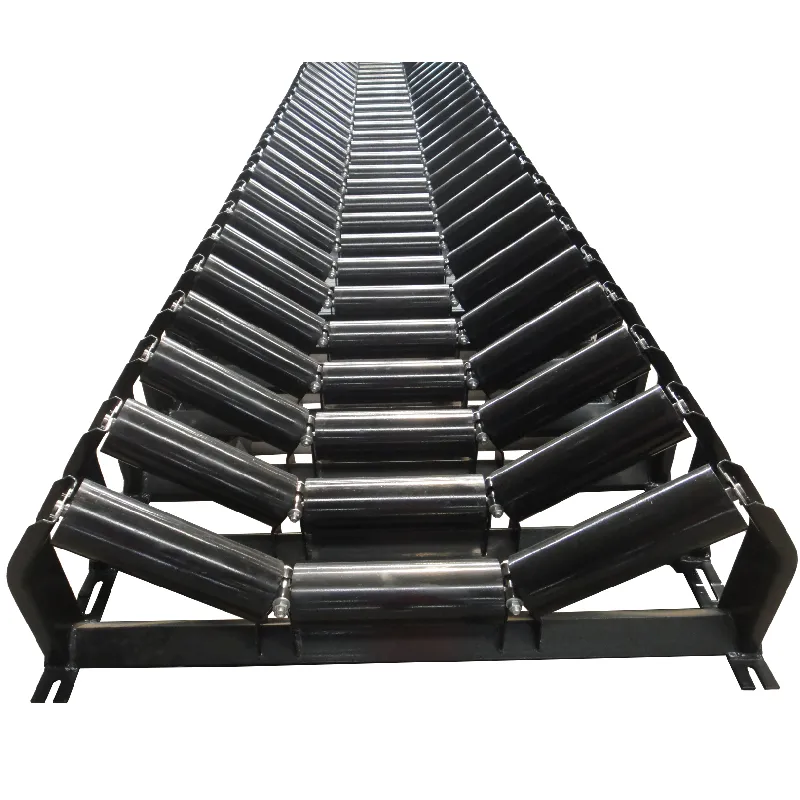 Afrikaans
Afrikaans  Albanian
Albanian  Amharic
Amharic  Arabic
Arabic  Armenian
Armenian  Azerbaijani
Azerbaijani  Basque
Basque  Belarusian
Belarusian  Bengali
Bengali  Bosnian
Bosnian  Bulgarian
Bulgarian  Catalan
Catalan  Cebuano
Cebuano  Corsican
Corsican  Croatian
Croatian  Czech
Czech  Danish
Danish  Dutch
Dutch  English
English  Esperanto
Esperanto  Estonian
Estonian  Finnish
Finnish  French
French  Frisian
Frisian  Galician
Galician  Georgian
Georgian  German
German  Greek
Greek  Gujarati
Gujarati  Haitian Creole
Haitian Creole  hausa
hausa  hawaiian
hawaiian  Hebrew
Hebrew  Hindi
Hindi  Miao
Miao  Hungarian
Hungarian  Icelandic
Icelandic  igbo
igbo  Indonesian
Indonesian  irish
irish  Italian
Italian  Japanese
Japanese  Javanese
Javanese  Kannada
Kannada  kazakh
kazakh  Khmer
Khmer  Rwandese
Rwandese  Korean
Korean  Kurdish
Kurdish  Kyrgyz
Kyrgyz  Lao
Lao  Latin
Latin  Latvian
Latvian  Lithuanian
Lithuanian  Luxembourgish
Luxembourgish  Macedonian
Macedonian  Malgashi
Malgashi  Malay
Malay  Malayalam
Malayalam  Maltese
Maltese  Maori
Maori  Marathi
Marathi  Mongolian
Mongolian  Myanmar
Myanmar  Nepali
Nepali  Norwegian
Norwegian  Norwegian
Norwegian  Occitan
Occitan  Pashto
Pashto  Persian
Persian  Polish
Polish  Portuguese
Portuguese  Punjabi
Punjabi  Romanian
Romanian  Russian
Russian  Samoan
Samoan  Scottish Gaelic
Scottish Gaelic  Serbian
Serbian  Sesotho
Sesotho  Shona
Shona  Sindhi
Sindhi  Sinhala
Sinhala  Slovak
Slovak  Slovenian
Slovenian  Somali
Somali  Spanish
Spanish  Sundanese
Sundanese  Swahili
Swahili  Swedish
Swedish  Tagalog
Tagalog  Tajik
Tajik  Tamil
Tamil  Tatar
Tatar  Telugu
Telugu  Thai
Thai  Turkish
Turkish  Turkmen
Turkmen  Ukrainian
Ukrainian  Urdu
Urdu  Uighur
Uighur  Uzbek
Uzbek  Vietnamese
Vietnamese  Welsh
Welsh  Bantu
Bantu  Yiddish
Yiddish  Yoruba
Yoruba  Zulu
Zulu conveyor belt idler design
Conveyor Belt Idler Design Optimizing Efficiency and Reliability
Conveyor belts are a critical component in many industrial applications, from mining to manufacturing. At the heart of their operation lies the idler, an integral part of the conveyor system that supports the belt and facilitates its movement. The design of conveyor belt idlers is vital for ensuring efficiency, minimizing wear and tear, and maximizing the overall reliability of the conveyor system.
Understanding Conveyor Belt Idlers
Idlers are the rollers that support the conveyor belt as it moves materials from one point to another. They help in maintaining belt alignment, reducing friction between the belt and the structure, and ensuring that the system operates smoothly. Idlers are typically placed at regular intervals along the conveyor to redistribute the load and prevent sagging. They come in various styles, including troughing idlers, flat idlers, and return idlers, each serving specific functions depending on the application.
Key Design Considerations
When designing conveyor belt idlers, several factors must be considered to achieve optimal performance
1. Material Selection The choice of materials for idlers significantly impacts their durability and performance. Common materials include steel, which offers strength and resistance to heavy loads, and plastic, which can be lightweight and corrosion-resistant. The material should be chosen based on the specific application, environmental conditions, and the weight of the materials being transported.
2. Roller Diameter and Spacing The diameter of the idler rollers and the spacing between them affect the load distribution across the conveyor belt. Larger diameter rollers can better handle heavy loads and reduce the risk of belt sagging. However, wider spacing may lead to uneven load distribution, potentially causing belt damage. Designers must find a balance between roller size and spacing to ensure efficient operation.
3. Troughing Angle For troughing idlers, which are designed to hold materials on the belt, the angle of the trough is crucial. Standard angles are typically between 20 to 35 degrees. A proper troughing angle helps stabilize the material load, prevents spillage, and enhances belt support. However, too steep an angle can cause excessive wear on the belt and idler.
4. Bearing Design The bearings used in idlers play a critical role in the overall performance of the conveyor system. They must be designed to handle the axial and radial loads imposed during operation. Selecting sealed bearings can reduce maintenance needs and enhance longevity. Additionally, proper lubrication systems should be implemented to minimize friction and wear.
conveyor belt idler design

5. Alignment and Adjustability Idlers must be aligned correctly to ensure smooth belt tracking. Misalignment can lead to increased wear, material spillage, and even belt failure. Designers should incorporate adjustable mechanisms to facilitate easy alignment during installation and maintenance.
6. Environmental Considerations Idlers must be designed to withstand various environmental conditions. Exposure to moisture, dust, corrosive materials, and extreme temperatures can significantly affect the performance and lifespan of idlers. Choosing appropriate materials and protective coatings can help mitigate these risks.
Innovations in Idler Design
Recent advancements in technology have led to innovative designs that enhance the efficiency and reliability of conveyor belt idlers. These include
- Lightweight and High-Strength Materials The development of composite materials has resulted in idlers that are both lighter and stronger than traditional steel options. This reduces the overall weight of the conveyor system, improving energy efficiency.
- Self-Aligning Idlers Self-aligning idler designs help maintain belt alignment automatically, reducing the need for manual adjustments and minimizing downtime.
- Smart Idlers with Monitoring Systems Integrating sensors and monitoring systems with idlers allows for real-time tracking of performance metrics. This technology can predict maintenance needs, preventing unexpected failures and improving overall system reliability.
Conclusion
The design of conveyor belt idlers is a pivotal aspect of conveyor system efficiency and reliability. By carefully considering material selection, roller dimensions, troughing angles, bearing design, and environmental factors, engineers can optimize idlers for performance. Additionally, embracing technological innovations can further enhance the effectiveness of idler design, leading to increased productivity and reduced operating costs. As industries continue to evolve, focusing on idler design will remain crucial in driving performance improvements in conveyor systems.
-
Revolutionizing Conveyor Reliability with Advanced Rubber Lagging PulleysNewsJul.22,2025
-
Powering Precision and Durability with Expert Manufacturers of Conveyor ComponentsNewsJul.22,2025
-
Optimizing Conveyor Systems with Advanced Conveyor AccessoriesNewsJul.22,2025
-
Maximize Conveyor Efficiency with Quality Conveyor Idler PulleysNewsJul.22,2025
-
Future-Proof Your Conveyor System with High-Performance Polyurethane RollerNewsJul.22,2025
-
Driving Efficiency Forward with Quality Idlers and RollersNewsJul.22,2025





























